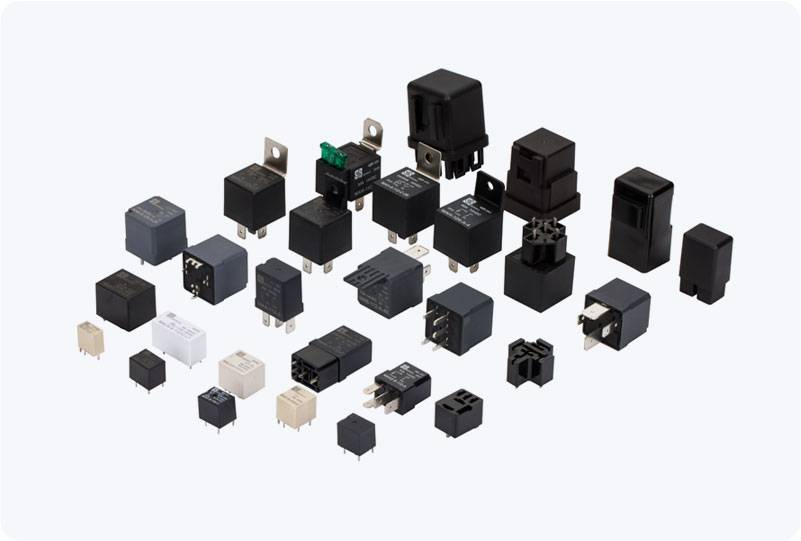current overload relay: essential protection for electrical systems
Release time:2025-08-13 12:10:28
A Current Overload Relay plays a crucial role in safeguarding electrical equipment, particularly motors, from damage caused by excessive current. By automatically detecting and responding to overload conditions, it ensures that the system operates within safe limits, extending the life of the equipment and preventing costly repairs or failures. This protective device is a vital component in industrial, commercial, and residential electrical systems, especially where motors and high-power electrical devices are involved.

Understanding the Function of a Current Overload Relay
At its core, a Current Overload Relay functions as a safety mechanism that monitors the current flowing through an electrical circuit. It is often installed in series with motors or other critical equipment to continuously track the electrical current. When the current surpasses the preset safe level, the relay trips, disconnecting the load from the power source and preventing potential damage due to prolonged overload.
Overload conditions are commonly caused by various factors, such as a blocked motor shaft, electrical faults, or improper settings. Without an overload relay, these factors could lead to the overheating of the motor windings, insulation damage, or even catastrophic failure. The relay detects these issues early and ensures that the equipment remains protected.

